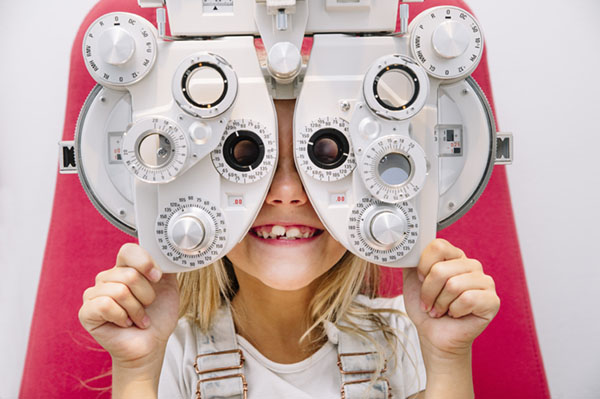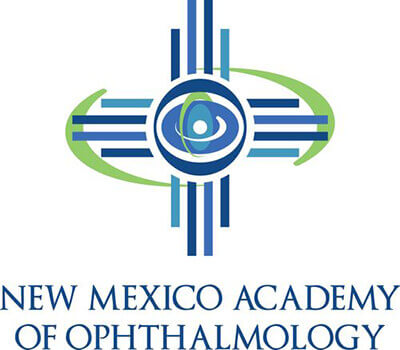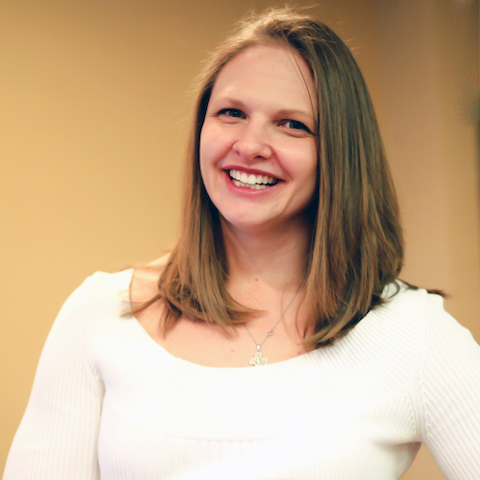Pediatric Ophthalmology

A pediatric ophthalmologist is a doctor who specializes in the eye care of children. They diagnose, manage, and treat various eye conditions in pediatric patients, including refractive errors (nearsightedness, farsightedness), strabismus (misalignment of the eyes), amblyopia (lazy eye), congenital cataracts, and other eye diseases. Common procedures used by pediatric ophthalmologists include comprehensive eye examinations, prescribing glasses or contact lenses, performing eye muscle surgeries to correct strabismus, removing congenital cataracts, and providing vision therapy to enhance visual skills in children. Their expertise ensures proper eye development and optimal vision for children.
Associated Procedures
Comprehensive eye examination
A comprehensive eye examination is a thorough evaluation of your child’s eyes and vision, including tests to assess visual acuity, eye coordination, and overall eye health.
Prescribing glasses or contact lenses
Prescribing glasses or contact lenses involves providing your child with custom-made eyewear that corrects refractive errors (nearsightedness, farsightedness) and helps improve their vision.
Eye muscle surgery (Strabismus surgery)
Eye muscle surgery, also known as strabismus surgery, is a procedure where the muscles responsible for eye movement are adjusted to correct misalignment and improve the coordination of the eyes.
Congenital cataract removal (Cataract surgery)
Congenital cataract removal, or cataract surgery, is a procedure where the cloudy lens in your child’s eye is removed and replaced with an artificial lens to restore clear vision.
Vision therapy
Vision therapy is a program of exercises and activities designed to improve visual skills and enhance visual development in children, often involving activities that target eye coordination, focusing abilities, and visual perception.
Patching or penalization therapy
In the treatment of amblyopia (lazy eye), patching or penalization therapy involves covering the stronger eye with an eye patch or using eye drops to temporarily blur the vision in the stronger eye, stimulating the weaker eye to develop better visual acuity.



